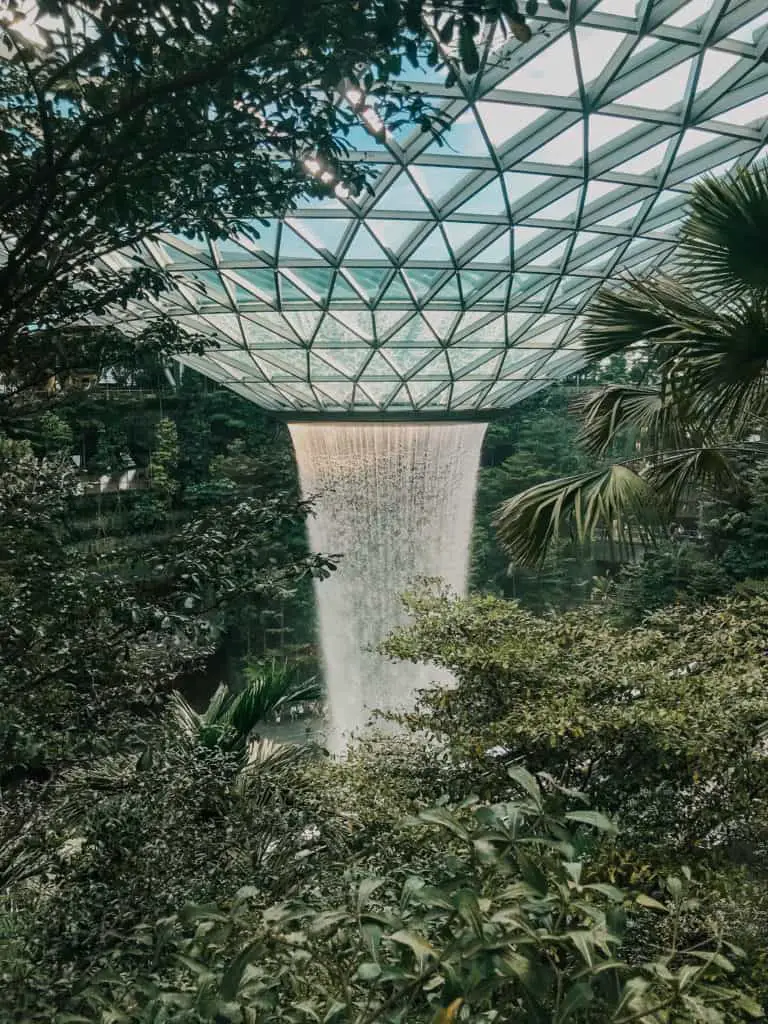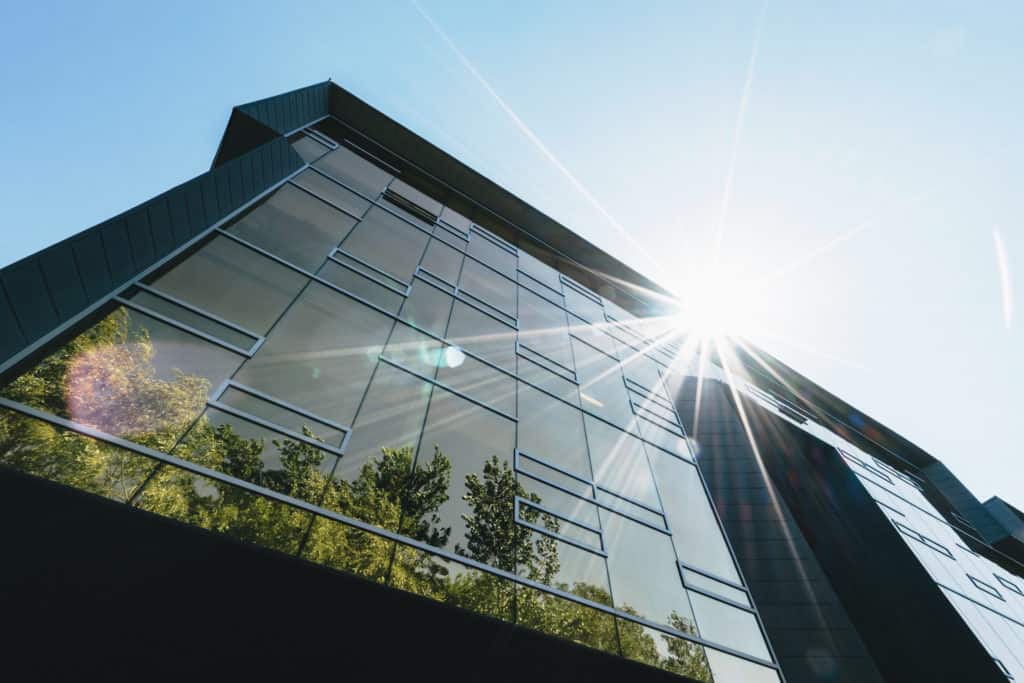Many people view eco-friendly buildings as novelties, but they should be the norm by now.
Buildings come with a huge carbon footprint. In the United States, these man-made structures were responsible for about 40 percent of the nation’s total energy consumption in 2018.
It’s no surprise that many businesses and private citizens are considering going green, but the time for small measures is long past. The effects of climate change can already be observed on the planet.
Thinking of updating your home or commercial structure?
Read on to learn about eco-friendly buildings: what they are, how they’re constructed, and more.
What Is an Eco-friendly Building?
An eco-friendly building is the result of eco-friendly construction.
Conventional construction prioritizes utility, economy, durability, and comfort. The same goes for green building or eco-construction. However, the latter also gives equal attention to environmental sustainability, health conditions, and efficiency.
Expect an emphasis on energy conservation and other environmentally responsible processes. An eco-friendly building can save up to half the amount of energy consumed by a similar structure constructed by conventional means.
Not all eco-friendly buildings are brand new. According to the United Nations, existing structures make up 65 percent of global building stock projected for 2060. This could be why it’s become a trend to retrofit old structures with green features. Renovated establishments with updated materials and construction technologies count.
What Are the Components of Green Building?

According to the EPA, there are seven components of green building:
- Energy Efficiency: This starts with more efficient HVAC systems, appliances, and light fixtures. Where feasible, the ideal is transitioning to renewable energy use.
- Water Efficiency: Green roofs, rain barrels, efficient plumbing and gray-water use all contribute to water efficiency. Where possible, planting drought-resistant flora may help, too.
- Materials Efficiency: The EPA uses the term “environmentally preferable.” The best kind of eco-friendly building materials to use are also sustainable.
- Waste Reduction: Applied throughout a building’s lifespan – from construction and renovation to eventual demolition – this component is accomplished mostly through recycling and reusing.
- Toxics Reduction: Eco-friendly buildings must use non-allergenic and non-toxic materials. Stains and paints should give off fewer volatile organic compounds or none at all. Formaldehyde is also frequently found in non-sustainable materials.
- Indoor Air Quality (IAQ): While connected to toxics reduction, this component has more critical concerns. For example, something as innocuous-seeming as carpeting may be problematic because it accumulates dust. Constant excessive moisture in the air can also lead to mold growth.
- Sustainable Development: An eco-friendly building can’t exist in a vacuum. A green building’s features must meet occupants’ needs without negatively impacting the lives of future residents and neighbors.
During green building construction, be mindful of the impact of the ongoing project on the community. For instance, you don’t want to accidentally block another structure’s ideal sun exposure.
How Do You Construct an Eco-Friendly Building?
Relying on eco-friendly architecture doesn’t mean that you have to make huge sacrifices. Eco-friendly building designs look to provide more to its occupants while taking less from the planet.
Here are six steps to constructing an environment-friendly building.
1. Sourcing Sustainable and Eco-Friendly Building Materials
Eco-friendly building materials are not always sustainable. For example, wood is eco-friendly but not sustainable unless it’s FSC-certified or reclaimed.
Other examples of eco-friendly building materials include bamboo, cork, clay tiles, linoleum, and natural stone. An eco-friendly building may also be constructed with steel, glass, rubber, and drywall – provided they’re reused or recycled. Pre-cast concrete is an option, too.
You should also source locally to avoid transporting over great distances. This consumes fossil fuels and cancels out your eco-friendly efforts.
2. Reducing Construction Waste
Did you know that green building sites produce up to 90 percent less waste than their conventional counterparts? Eco-Friendly building design must include efficient use of materials and construction waste reduction in its action plan.
3. Increasing Resource Efficiency
Two common green building benefits are water efficiency and the use of natural heat.
Builders may install systems to harvest rainwater and reuse greywater. Simpler solutions like low-flow toilets and shower heads also exist.
An eco-friendly heating system can use passive solar design. This involves maximum insulation and clever placement of energy-efficient windows and skylights for ventilation.
To learn more, read our article on how to make sure you have an eco-friendly home with 12 actionable tips.
4. Maximizing the Benefits of Natural Light
Besides natural heat, the sun provides natural light. Great eco-friendly architecture lets in a lot of daylight to reduce dependence on artificial lighting.
Other natural light considerations include checking for ideal solar panel placement. Builders should also look into heat management during sunny weather and light management during overcast days.
5. Optimizing the Use of Physical Space
Eco-friendly building design puts a premium on efficiency over aesthetics. Optimizing a smaller space is better than constructing a huge structure that will naturally use more energy.
An efficient layout is essential to house installations found in eco-friendly buildings. Check where the sun rises and sets, as well as the shadows cast by nearby structures and trees. You may need to adjust floor plans to get the most out of the sun-exposed parts of the property.
6. Accommodating Renewable Energy Systems
Solar is one of the most popular renewable sources of energy, but it’s not the only one. This means you can power an eco-friendly building with more than one renewable energy system.
If you’re not keen on photo-voltaic panels, you can explore geothermal energy, wind energy or hydro-power. You will have to check if these options are available in your location, though.
How Much Does It Cost to Construct an Eco-Friendly Home?

Because of new materials and construction technologies, it’s easy to assume that eco-friendly buildings cost more. This isn’t necessarily true, as explained by a 2018 analysis of residential housing.
Green building features don’t automatically bump up the price tag of a house, especially in certain locations. An eco-friendly home in Tulsa, Oklahoma will be more expensive than a similar one in Salinas, California.
Real estate price fluctuations aside, the upfront cost to construct an eco-friendly building is generally higher. Materials can be expensive, special installations may come with separate fees, and builders may work slower due to less experience in green building.
However, operational and maintenance costs are much lower. Because eco-friendly homes are energy-efficient, your utility bills will be more manageable. So, the longer you live in an eco-friendly home, the more you will save.
What More Can You Do to Help Save the Planet?
Besides building an eco-friendly home, explore the Sustainable Citizen to learn about more ways to lead an eco-conscious life. There’s so much more to green living than well-known practices like recycling and veganism.
If you’re not ready to invest in eco-friendly features for your home, you can start by giving up fast fashion and embracing fair trade products.
Do you want to do more for the environment but can’t change where you live or work? You should consider going green another way: trading up to an eco-friendly car.
You Might Also Like…
- Is Fast Food Bad for the Environment? (& What You Can Do)
- Is Fabric Softener Bad for the Environment? (+5 Eco-Friendly Options)
- Is Fuel Dumping Bad for the Environment? (& How Often It Happens)
- Is Electricity Generation Bad for the Environment? (What You Should Know)
- Is Dry Cleaning Bad for the Environment? (4 Surprising Facts)
- Is Diamond Mining Bad for the Environment? (Important Facts)
- Is DEET Bad for the Environment? 4 Effects (You Should Know)
- Is Cat Litter Bad for the Environment? (5 Common Questions)
- Is Burning Cardboard Bad for the Environment? (6 Facts)
- Is Burning Paper Bad for the Environment? (6 Surprising Facts)
- Is Burning Leaves Bad for the Environment? (7 Quick Facts)
- 4 Natural Cleaners for Quartz Countertops
- 6 Eco-Friendly Acrylic Paint Brands (For Sustainable Artists)
- 5 Eco-friendly Alternatives to Acrylic Paint (& How to Make Them)
- Is Acrylic Paint Bad for the Environment? (7 Quick Facts)
- Is Acrylic Yarn Bad for the Environment? 8 Crucial Facts
- Is Acrylic Bad for the Environment? (8 Quick Facts)
- Is Aluminum Foil Bad for the Environment? 7 Quick Facts
- Is Bleach Bad for the Environment? 6 Crucial Facts
- Is Lithium Mining Bad for the Environment? 6 Crucial Facts































